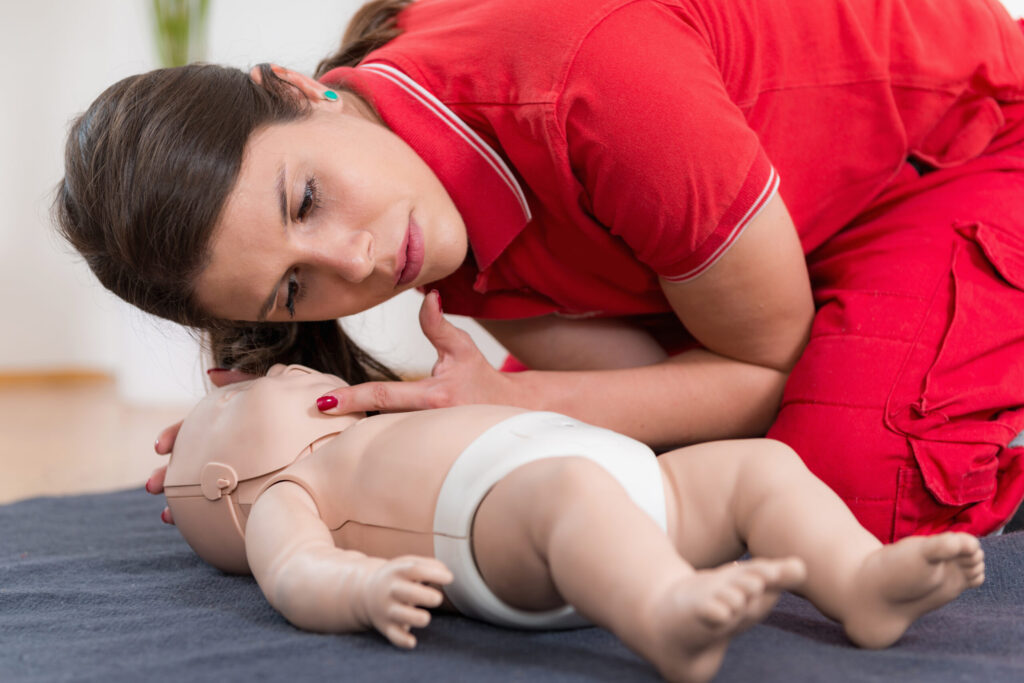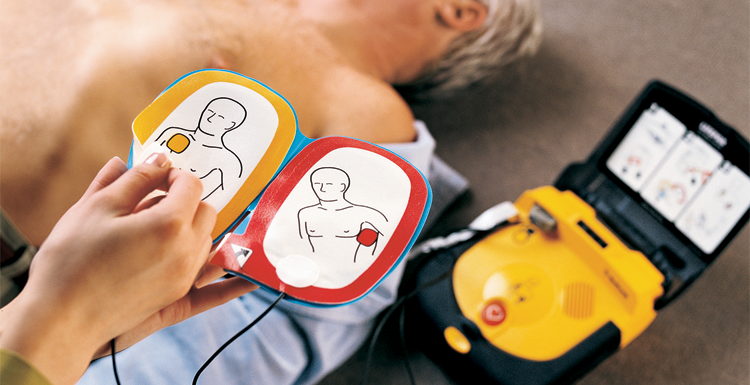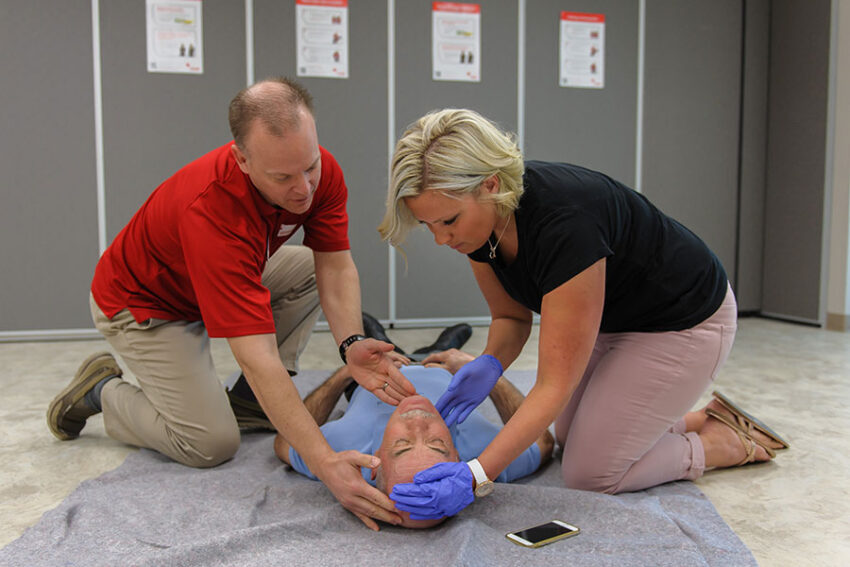CPR (Cardiopulmonary Resuscitation) is a crucial emergency procedure used to assist someone whose heart has stopped beating or who has stopped breathing. Understanding the basics of CPR is essential for anyone, as it can significantly increase the chances of survival in emergencies.
This guide provides a straightforward overview of how to perform CPR effectively, making it accessible for beginners and those looking to refresh their knowledge.
For those seeking comprehensive training and certification, that equip individuals with the skills needed to confidently perform CPR in real-life situations, check out cprcertificationnow.com.
The ABCs of CPR

To make CPR simple, remember the ABCs: Airway, Breathing, Circulation. Let’s break down what each step involves.
A – Airway
- Check for Responsiveness: Gently shake the person and shout, “Are you okay?” If there’s no response, it’s time to act.
- Open the Airway: Tilt the person’s head back slightly by lifting the chin. This helps open the airway, which might be blocked by the tongue or other obstructions.
B – Breathing
- Check for Breathing: Look for chest movement, listen for breath sounds, and feel for breath on your cheek. This should take no more than 10 seconds.
- Give Rescue Breaths: If the person isn’t breathing or isn’t breathing normally, give two rescue breaths. Pinch the nose shut, cover their mouth with yours, and blow into their mouth for about one second, watching for the chest to rise.
C – Circulation
- Check for a Pulse: If you’re trained to do so, check for a pulse at the neck (carotid artery) or wrist (radial artery). If no pulse is present, begin chest compressions.
- Start Chest Compressions: Place the heel of one hand in the center of the person’s chest, with the other hand on top. Push down hard and fast, at a rate of 100-120 compressions per minute. Allow the chest to fully recoil between compressions.
Adult CPR vs. Child and Infant CPR

The basics of CPR are similar for adults, children, and infants, but there are some important differences.
Adult CPR
- Compression Depth: Push down at least 2 inches deep.
- Compression-Breath Ratio: 30 compressions followed by 2 breaths.
Child CPR (Ages 1-8)
- Compression Depth: Push down about 2 inches deep.
- One-Hand Technique: If you find it difficult to push with both hands, you can use one hand.
- Compression-Breath Ratio: 30 compressions followed by 2 breaths.
Infant CPR (Under 1 Year)
- Compression Depth: Push down about 1.5 inches deep.
- Two-Finger Technique: Use two fingers instead of the full hand.
- Compression-Breath Ratio: 30 compressions followed by 2 breaths.
Hands-Only CPR
If you’re hesitant about performing rescue breaths, or if you haven’t had formal CPR training, you can perform Hands-Only CPR. This method focuses solely on chest compressions.
- Call for Help: Dial emergency services immediately.
- Start Chest Compressions: Push hard and fast in the center of the chest, without pausing for rescue breaths.
Hands-Only CPR is effective for adults who suddenly collapse, especially in cases of cardiac arrest.
Using an Automated External Defibrillator (AED)

An AED is a device that can restart the heart by delivering an electric shock. AEDs are often found in public places like airports, malls, and gyms. If an AED is available:
- Turn on the AED: The device will provide voice instructions.
- Attach the Pads: Place one pad on the upper right chest and the other on the lower left side of the chest.
- Stand Clear: Make sure no one is touching the person while the AED analyzes the heart rhythm.
- Deliver the Shock: If advised by the AED, press the shock button. Immediately resume CPR after the shock.
Conclusion
Knowing how to perform CPR is an invaluable skill that empowers you to act decisively in critical moments. In an emergency, every second counts.

